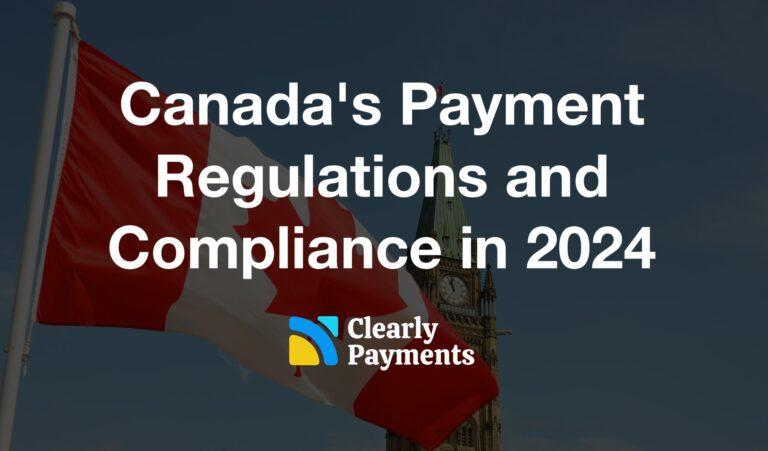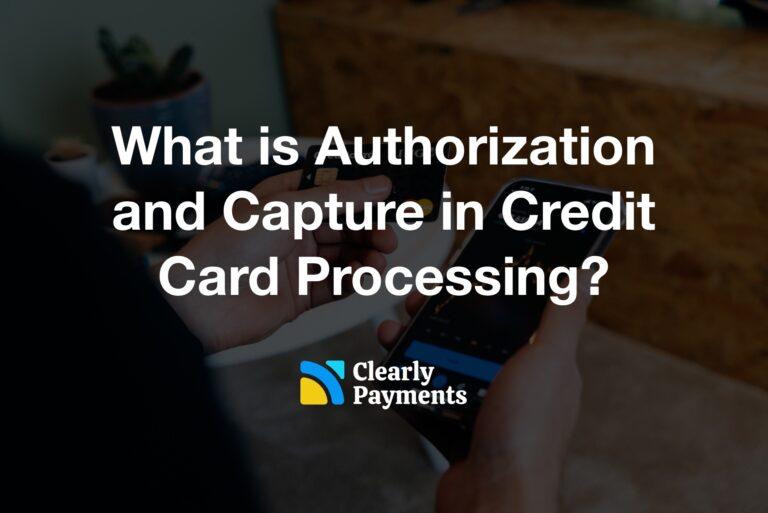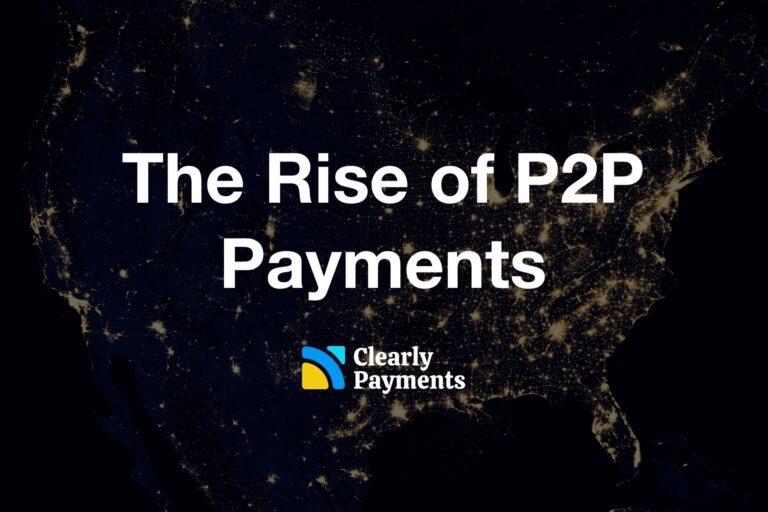In payment processing, the two most popular pricing models are flat rate pricing and interchange plus pricing. Interchange plus pricing is also known as cost plus pricing.
Even though this article focuses on those two, there are other innovative models that exist such as membership pricing where you pay a monthly fee to get access to payment processing at cost. It might be worth it for you to explore these alternative models, particularly if you process more than $1 million per year.
Flat Rate Pricing in Payment Processing
Flat rate pricing is the credit card processing price model that gives merchants a fixed percentage fee and fixed transaction fee for each transaction. The price is typically 2.9% and $0.30 per transaction.
When merchants are on flat rate pricing, the type of credit card used will not impact the cost. Each credit card category has their own interchange price, which is the fee that banks charge that gets passed on to merchants. You don’t need to worry about the different credit card fees with flat fee pricing, so the pricing is predictable. There is some peace of mind you get flat rate pricing.
Flat fee pricing offers simplicity, but you should be aware that there is a cost for this simplicity. Typically a merchant could have lower fees if on a different pricing structure. Generally, the only way flat fee pricing is cheaper than interchange plus pricing is when the average transaction size is really low such as less than $5 per transaction. That would be for merchants like quick serve stores.
Interchange Plus Pricing (aka Cost Plus) in Payment Processing
The interchange fee is the underlying cost that banks charge merchants for the use of credit cards. Different types of credit cards have different fees. For example, a high end black credit card or infinite privilege has a much higher interchange fee than a basic credit card. The interchange fee is an important thing to understand in order to minimize your costs. You can review some of the interchange rates by card type.
With the interchange plus pricing model, the fee changes based on the type of credit card you are processing, however the markup stays the same for each transaction. This means when a basic credit card is used, you’ll pay very low fees. If high end cards are used, you’ll pay higher fees. This give merchants the change to optimize fees to get the cheapest credit card processing possible.
It’s important to understand that the majority of credit cards processed in North America are closer to the basic credit cards and therefore have low interchange rates. This means the chances are high that your interchange rates are low.
Is Interchange Plus Pricing Better?
Interchange plus pricing is by far the cheaper option for most businesses as it allows merchants to take advantage of changing interchange rates. Flat rate payment processors bake the fluctuations of interchange rates into their fees, so you’ll generally be paying more with flat free pricing.
The only times that we would generally say that you should look at flat fee providers with 2.7%+ fees is if your average transaction size is less than $5 or you are processing less than $5,000 per month.




